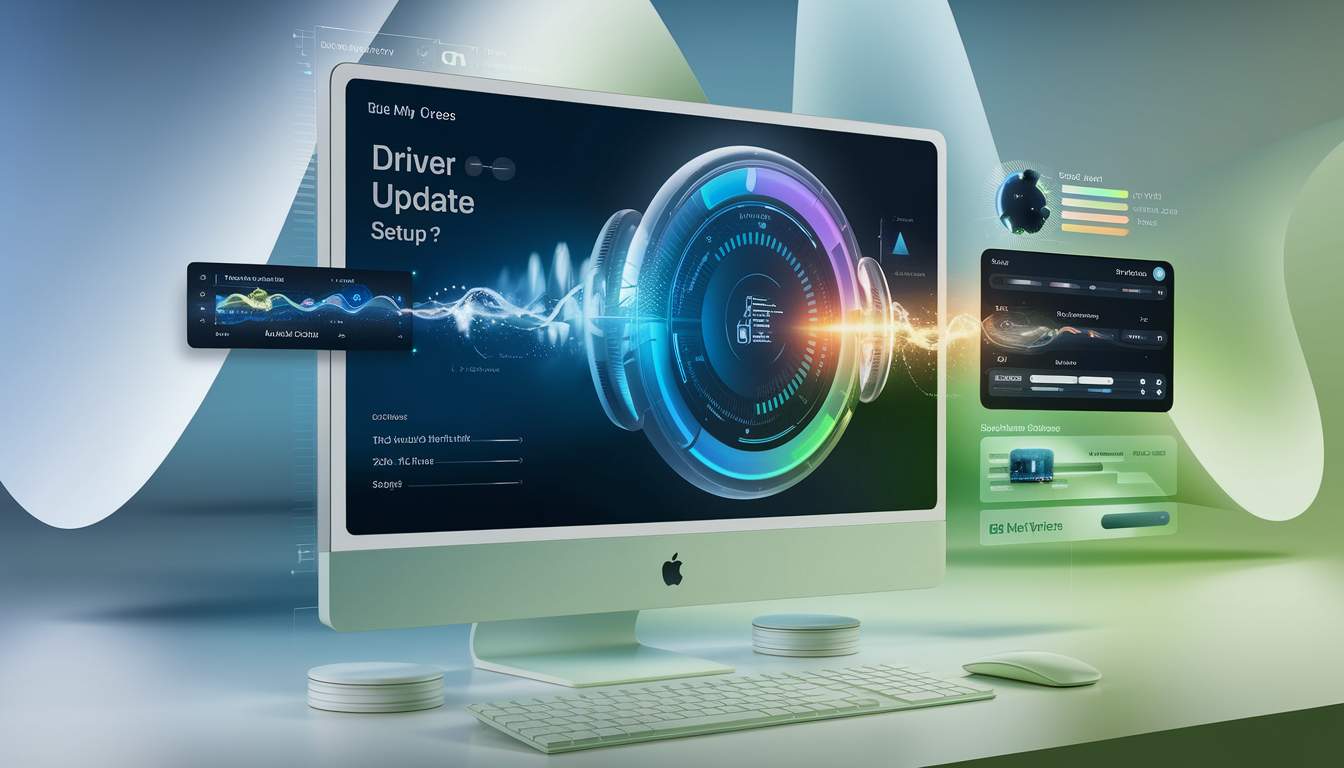Keeping your NVIDIA display drivers up to date is crucial for maintaining optimal system performance and security. Regular updates ensure that your graphics card runs smoothly, providing enhanced graphics performance and stability. Whether you’re a gamer or use graphics-intensive software, updated drivers can make a significant difference in your experience.
Why Update Your NVIDIA Display Driver?
Updating your NVIDIA display driver can offer numerous benefits:
- Improved Graphics Performance: New drivers often come with optimizations that enhance the performance of your graphics card. This can lead to smoother gameplay and better performance in graphics-intensive applications.
- System Stability: Updates can fix bugs and compatibility issues, reducing crashes and improving the overall stability of your system.
For a deeper understanding of how driver updates can affect performance, you can refer to the GPU Benchmarks Hierarchy 2024 on Tom’s Hardware. This resource highlights how the latest drivers can impact gaming and software performance, showing the tangible benefits of keeping your drivers current.
How to Update NVIDIA Display Driver
Keeping your NVIDIA display drivers updated is essential for keeping your system running smoothly and stably. Here’s a step-by-step guide to help you update your NVIDIA display drivers using both manual and automatic methods:
Method 1: Manual Update via NVIDIA’s Official Website
- Visit the NVIDIA Driver Download page.
- Select your graphics card model and operating system from the dropdown menus.
- Click on the ‘Search’ button to find the latest driver available for your system.
- Download the driver and follow the instructions on your screen to install it.
- Restart your computer to complete the installation.
Method 2: Automatic Update using GeForce Experience
- Download and install GeForce Experience if you haven’t already.
- Open GeForce Experience and log in with your NVIDIA account.
- Navigate to the ‘Drivers’ tab.
- Click on ‘Check for updates’ to see if a new driver is available.
- If there is an update, click ‘Download’ and follow the steps to install the driver.
- Restart your computer to ensure the updates take effect.
Both methods ensure that your NVIDIA drivers are up-to-date, enhancing graphics performance and system stability.
NVIDIA Driver Upgrade: Best Practices
Sometimes, updating your NVIDIA drivers can cause installation problems. Here are best practices to follow for a smooth upgrade:
- Backup Existing Drivers: Before upgrading, create a backup of your current drivers. This allows you to revert if something goes wrong.
- Uninstall Old Drivers: Use the ‘Device Manager’ to uninstall existing drivers to prevent conflicts during the new installation.
- Ensure Compatibility: Verify that the new driver is compatible with your graphics card and operating system.
- Check for Windows Updates: Make sure your Windows drivers are up-to-date to avoid compatibility issues.
- Look for Community Help: Visit the Official NVIDIA Forums for troubleshooting tips and community support if you encounter problems such as ‘NVIDIA failed to install’.
By following these practices, you can minimize the risk of installation issues and ensure a smooth driver upgrade process.
Understanding the Role of Windows Updates
Windows Updates are important for keeping your system healthy, including keeping your NVIDIA display drivers up to date. While NVIDIA frequently releases new drivers to enhance performance and fix bugs, Windows Updates may also include important driver updates that ensure compatibility and stability.
- Compatibility: Windows Updates can provide necessary updates that ensure your NVIDIA drivers work seamlessly with your current operating system version.
- Conflict Resolution: Sometimes, an outdated Windows system may cause conflicts with new NVIDIA drivers. Keeping Windows updated can help mitigate these issues.
- Security: Regular updates from Windows can offer security patches that protect your system from vulnerabilities that might affect your display drivers.
How to Install NVIDIA Control Panel
The NVIDIA Control Panel is a key tool for improving your graphics settings after updating your display drivers. It allows you to customize settings to enhance your visual experience and system performance. Here’s how you can install and use it:
- Download: If the NVIDIA Control Panel is not already installed on your system, you can download it from the Microsoft Store or as part of your NVIDIA driver package.
- Installation: Follow the on-screen instructions to install the NVIDIA Control Panel. Ensure you have administrative rights on your computer to complete the installation.
- Accessing the Control Panel: Once installed, you can access the NVIDIA Control Panel by right-clicking on your desktop and selecting it from the context menu.
- Customizing Settings: Use the Panel to adjust settings such as resolution, refresh rate, and 3D settings to optimize your graphics performance.
By utilizing the NVIDIA Control Panel, you can fine-tune your system’s graphics to match your personal preferences and ensure an optimal visual experience.
Summary and Next Steps
Keeping your NVIDIA display drivers updated is crucial for maintaining optimal system performance and security. Regular updates ensure that your graphics performance is at its best, providing stability and enhanced visuals for gaming and software applications. With the steps outlined in this guide, updating your NVIDIA drivers can be a straightforward process, whether you choose to do it manually or automatically.
For those who prefer a hassle-free approach, consider using GetMyDrivers. This software offers a convenient solution for automated driver updates, ensuring your system remains protected and efficient. GetMyDrivers simplifies the process with its easy-to-use platform, providing peace of mind for both novice and proficient PC users. For more details, visit our driver update page.
